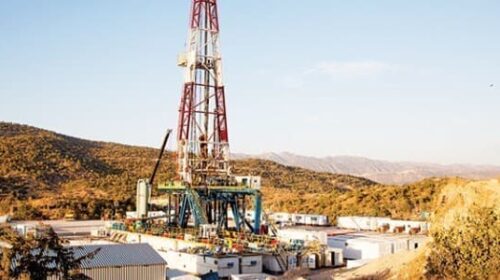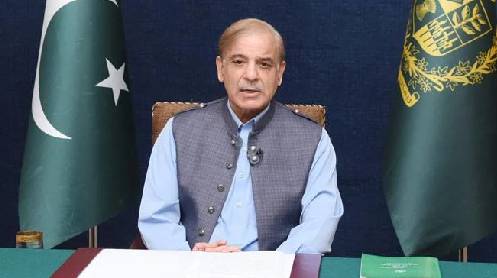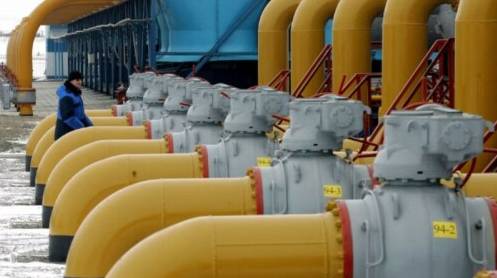Iran has long held enormous political, economic, and military sway over neighbouring Iraq through its various military and political proxies, and since the discovery of vast reservoirs of oil in Iran first in the early 1900s and shortly after in Iraq, Tehran has an added incentive to retain this influence and to enhance it. With Iran’s longstanding former superpower ally, Russia, now looking to build out its remaining influence south of Europe, there is another reason for Iran to strengthen its ties with Iraq. In precisely this context, the last few weeks have seen a flurry of activity from Iran directed to doing just this, ranging from repeated military attacks against the semi-autonomous region of Kurdistan in the north of Iraq to Iran’s Petroleum Ministry setting up a fully-fledged office in downtown Baghdad. At the same time as the office was being set up, Iraq’s Ministry of Oil issued a circular to all Iraqi companies announcing the readiness of Iranian specialised companies to participate in Iraq’s oil and gas projects. Much more is to come. Two factors surrounding the several recent missile and drone attacks by Iran on the Kurdistan region of Iraq (KRI) are apposite to note. The first is the attacks have been roundly condemned by the U.S. on each occasion. The second is that Iran has justified the attacks as a response to terrorist acts being carried out by dissidents attempting to undermine the Islamic regime in Iran after the initial death in custody of Mahsa Amini, a 22-year-old woman from Saqqez in Iran’s own Kurdistan province. This followed her arrest by Iran’s morality police in Tehran for allegedly not adhering to the country’s dress code for women. Although these different elements require careful unpacking to get to the truthful bits, and that follows, it is worth noting that the two standpoints – that of the U.S. and Iran – in broad terms define the reality of what is going on.
First, on the Iraq Kurdistan question, Iran regards this as its own problem, not just Iraq’s. The reason why, as hinted at in the death of Ms. Amini, is that Iran – and Iraq, and Turkey, and Syria – all have very sizeable Kurdish populations of their own. In Iran’s case, about 15 percent of its population is Kurdish, about the same proportion as in neighbouring Iraq, while Turkey has 18 percent Kurdish population and Syria around 16 percent. The Kurdish people have long been denied a recognised independent state of their own and have grown understandably restive at a series of promises made to this effect by the West but never honoured.
The most recent serious assurance made to grant a recognised, independent Kurdistan came from the U.S. and its major allies, including the U.K. and France when Islamic State (IS) drove Iraqi security forces out of several key cities during the Anbar campaign of 2014. Wishing to galvanise the Iraqis and its Middle Eastern supporters to meaningfully deal with the problem themselves, and to avoid a recurrence of the images of dead Western troops on television that precipitated the U.S. withdrawal from the Vietnam War, the allies used the fearsome Kurdish Peshmerga forces to provide much of the ‘boots on the ground presence’ in the fight against IS. In return, the Kurds received a heavy ‘nod and a wink’ assurance from the West that they would gain their independent Kurdistan after the fight against IS had been won.
At around the same time as IS was in full retreat, the Federal Government of Iraq (FGI) in Baghdad had little choice but to agree to a referendum on independence for its Kurdistan region, although the vote was carefully worded not to be legally binding. The referendum, which took place on 25 September 2017 saw 93 percent of the Kurds in Iraq’s northern Kurdish region vote for independence. The reaction to the vote from Baghdad, Iran, and Turkey was swift and Draconian, as analysed in depth in my latest book on the global oil markets, and was aimed at stopping any such move to independence both in Iraq and in other countries with large Kurdish populations in its tracks, which it did. The bitter pill was made slightly sweeter to swallow for Iraq’s Kurds by massive financing coming in from Russia. This money came through a series of deals organised by the Kremlin’s oil company, Rosneft, although in return the government of Iraq’s Kurdistan region, the KRG, effectively sold the region’s oil sector to Russia.
However, following Russia’s loss of geopolitical power after its invasion of Ukraine in February 2022, the U.S. has seen a backdoor open slightly for it to challenge Iran (and Russia) in Iraq, by stirring up discontent in the Kurdish region of Iraq once again: hence, Washington’s repeated public condemnation of Iran’s attacks on the region. Iran, for its part, may or may not truly believe that the region is a hotbed of dissident Iranians looking to undermine the Islamic regime in Tehran, but in any event critically undermining the region and bringing it firmly back into the grip of Baghdad, which is still firmly controlled by Iran, is the endgame it is playing. And Russia, for its part, is just protecting its interests in both the KRI and the FGI.
There is another compelling reason for Iran’s sudden resurgence of interest in broadening its on-the-ground presence in Iraq, north and south, which is that Iraq as a whole offers an uncrackable way of smuggling out its oil, and that of Russia incidentally, into the rest of the world, despite sanctions. As also analysed in depth in my latest book on the global oil markets, it is impossible to distinguish Iraqi oil from Iranian oil in the oil fields that are shared between the two neighbouring countries. The oil on the Iraqi side of the border is drilled from the same reservoirs as the oil drilled on the Iranian side, sometimes even through long-distance horizontal directional drilling. Even if the U.S. or its trusted appointees stationed people at every single rig in every single shared field in Iraq, they would not be able to tell if the oil coming out it was from the Iranian side. The two states share seven major oil fields containing tens of billions of barrels of recoverable oil, namely Azadegan (on the Iran side)/Majnoon (on the Iraq side), Azar/Badra, Yadavaran/Sinbad, Naft Shahr/Naft Khana, Dehloran/Abu Ghurab, West Paydar/Fakka and Arvand/South Abu Ghurab.
Once the oil has been re-categorised as coming from non-sanctioned Iraq, rather than Iran, it is easy to send it to wherever Iraqi oil can go, which is anywhere. The bulk of this can be done through Iraq’s existing crude oil export infrastructure, including very large crude carriers loaded in and around the southern export hub of Basra. It can also be done directly into southern Europe via the Turkish port of Ceyhan through the crude oil pipelines running through the KRI, and there are also plans for further pipelines from Iraq to Jordan and Syria. Once in Europe, this oil – all of which is discounted in price from the benchmark – has historically gone into some of the less rigorously policed ports of southern Europe that need oil and/or oil trading commissions, including those of Albania, Montenegro, Bosnia and Herzegovina, Serbia, Macedonia and Croatia. From there, the oil can easily be moved across borders to Europe’s bigger oil consumers, including through Turkey.
These crude oil export methods from Iraq can be supplemented where necessary by various shipping-related methods, with one of the most basic methods being the disabling (literally just flicking a switch) of the ‘automatic identification system’ on ships that carry Iranian oil, as is just lying about destinations in shipping documentation. As Iran’s then-Petroleum Minister himself, Bijan Zangeneh, said in 2020: “What we export is not under Iran’s name. The documents are changed over and over, as well as [the] specifications.” Even before that, in December 2018 at the Doha Forum, Iran’s Foreign Minister, Mohammad Zarif, stated that: “If there is an art that we have perfected in Iran, [that] we can teach to others for a price, it is the art of evading sanctions.” For Asian-bound shipments, the reliable methodology has allegedly involved Malaysia (and to a lesser degree Indonesia) in forwarding oil exports to China, with tankers bound ultimately for China engaging in at-sea or just-outside-port transfers of Iranian oil onto tankers flying other flags.





